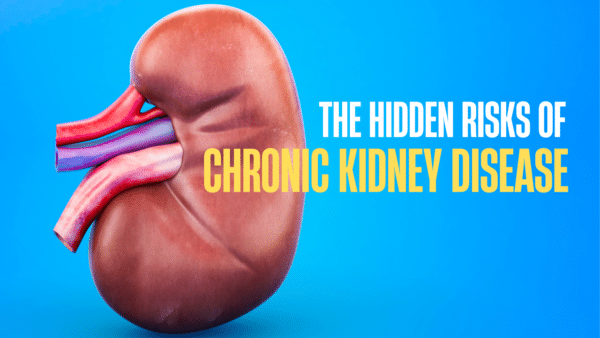Introduction
Whipple’s disease, a rare but serious bacterial infection, primarily affects the joints and digestive system. It disrupts normal digestion, impairs food breakdown, and affects nutrient absorption. Without timely treatment, Whipple’s disease can be fatal, yet it is treatable with antibiotics.
Symptoms and Signs
Digestive Symptoms
- Diarrhea
- Stomach cramping and pain, worsening after meals
- Weight loss due to nutrient malabsorption
Other Common Symptoms
- Inflamed joints (ankles, knees, wrists)
- Fatigue
- Weakness
- Anemia
Less Common Symptoms
- Fever
- Cough
- Enlarged lymph nodes
- Skin darkening (sun-exposed areas and scars)
- Chest pain
Neurological Symptoms
- Difficulty walking
- Vision problems
- Confusion
- Memory loss
Symptoms typically develop slowly over many years.
When to Seek Medical Attention
Consult a doctor for unexplained weight loss, joint pain, or if symptoms persist despite treatment, as the bacteria may resist certain antibiotics.
Causes
Caused by the bacterium Tropheryma whipplei, it first affects the small intestine’s mucosal lining, leading to lesions and damage to the intestinal villi. The transmission method of this bacterium remains largely unknown, and it appears that a genetic defect in immune response might increase susceptibility to the disease.
Risk Factors
While the exact risk factors are not well-defined, the disease is more commonly reported in:
- Men aged 40 to 60
- Caucasians in North America and Europe
- Individuals with frequent outdoor exposure, particularly those in contact with sewage and wastewater.
Complications
Whipple’s disease can lead to severe nutritional deficiencies, causing fatigue, weakness, weight loss, and joint pain. It is a progressive disease and can be fatal, especially if diagnosis and treatment are delayed. The infection’s spread to the central nervous system can cause irreversible damage.
Conclusion
Whipple’s disease, though rare, presents a significant health risk if not diagnosed and treated timely. Awareness of its symptoms, causes, and risk factors can lead to early detection and effective management.

